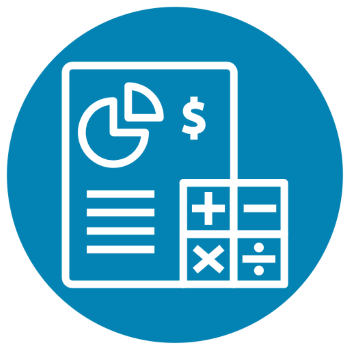By: Erin Ansbro
New growth has sprung up at EFC! To make our many resources more accessible, we have added “Resources by State” pages for all fifty states. The new layout changes include a clickable map, state-specific information, and all available years of resources in one place.
From the home page, hover over the “Resources” Tab at the top and select “Resources by State” from the dropdown menu that appears. This will bring you to the interactive map where you can then pick the resources you want to view by state. Continue reading





